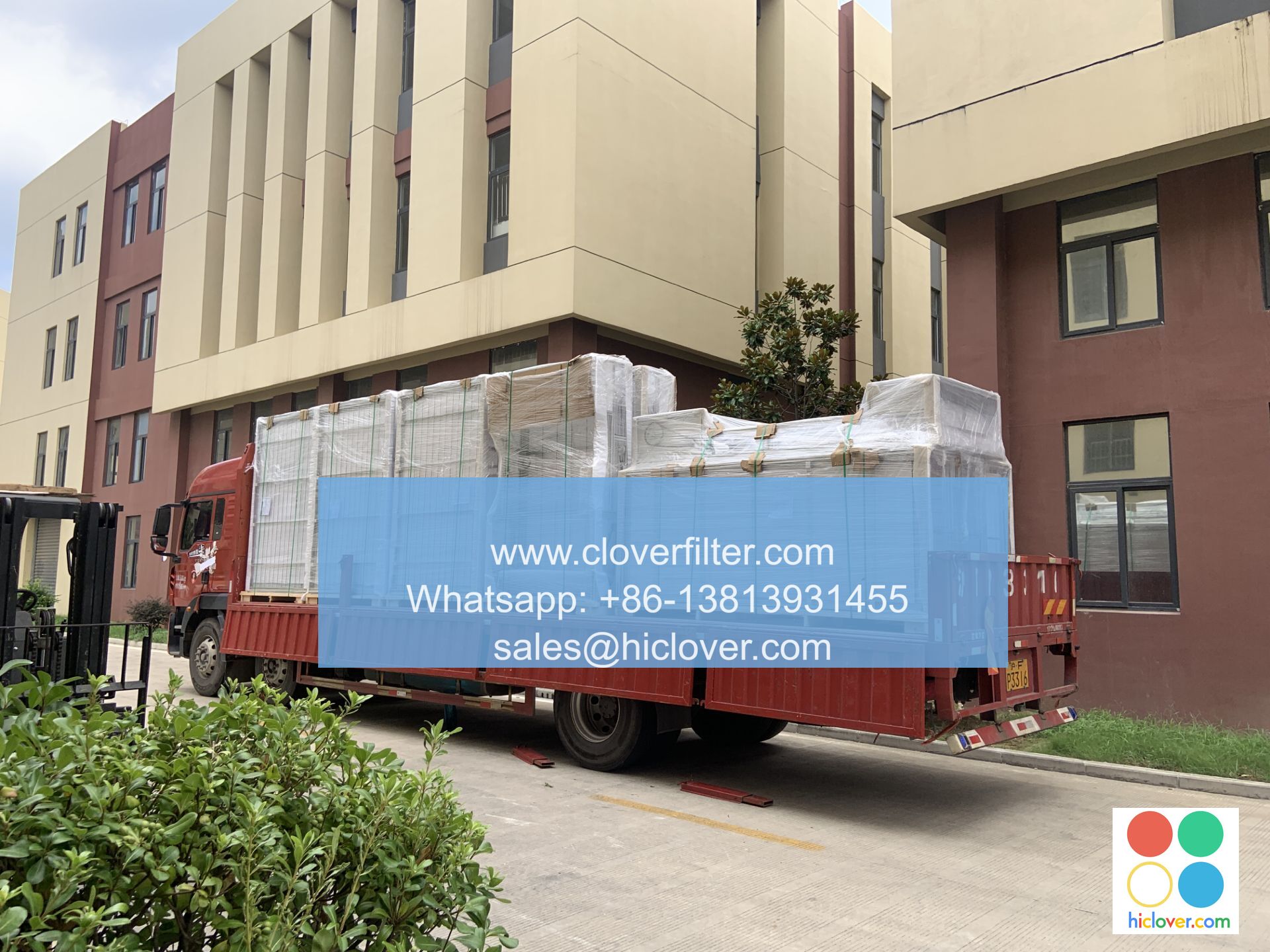The Evolution of Motorized Air Filters: What You Need to Know

The Evolution of Motorized Air Filters: What You Need to Know
As the world continues to grapple with the challenges of air pollution, the development of motorized air filters has become increasingly crucial. These advanced filtration systems have undergone significant evolution over the years, offering improved performance, efficiency, and flexibility. In this article, we’ll delve into the history and current state of motorized air filters, exploring their applications and benefits.
Early Beginnings: The Humble Origins of Motorized Air Filters
Motorized air filters have their roots in the 1950s, when scientists first began exploring the concept of using electrically powered fans to enhance air filtration. Initially, these early filters were designed primarily for industrial use, focusing on removing particulate matter and contaminants from the air. As technology advanced, the design and materials used in these filters improved, leading to a wider range of applications.
Advancements and Innovations
Fast-forward to the present, and motorized air filters have undergone significant transformations. Modern designs incorporate advanced technologies, such as:
- HEPA (High Efficiency Particulate Air) filters: Capable of capturing 99.97% of particles as small as 0.3 microns, HEPA filters have become the standard for high-efficiency air filtration.
- Activated Carbon filters: Effective in removing gases, odors, and volatile organic compounds (VOCs) from the air.
- Ionization and UV technology: Combining UV light and ionization to kill bacteria, viruses, and other microorganisms.
These advancements have led to motorized air filters being used in a variety of applications, including:
Residential and Commercial Air Purification
Motorized air filters have become a staple in many homes and offices, providing a reliable means of removing airborne pollutants and allergens. From small, compact units to larger, industrial-grade systems, there’s a motorized air filter solution for every need.
Industrial and Manufacturing Settings
In industrial settings, motorized air filters play a critical role in maintaining a clean and safe work environment. By removing particulate matter, contaminants, and VOCs, these filters help reduce the risk of equipment damage, improve worker health, and enhance overall productivity.
Healthcare and Medical Facilities
Motorized air filters are used extensively in healthcare settings to control the spread of airborne pathogens, reduce the risk of hospital-acquired infections, and create a healthier environment for patients and staff.
Agriculture and Greenhouses
In the agricultural sector, motorized air filters help control pests, reduce disease transmission, and maintain optimal growing conditions for crops. In greenhouses, these filters can be used to remove CO2 and other pollutants, promoting healthier plant growth and increased yields.
Transportation and Automotive
Motorized air filters are also used in the automotive industry, helping to remove particulate matter, pollen, and other contaminants from the air inside vehicles. This not only enhances passenger comfort but also reduces the risk of allergen-related respiratory issues.
Conclusion
In conclusion, the evolution of motorized air filters has been marked by significant advancements and innovations. With their ability to remove a wide range of airborne pollutants and contaminants, these filters have become a crucial component in various industries and applications. Whether used in residential, commercial, industrial, or healthcare settings, motorized air filters offer a reliable means of improving air quality and promoting healthier environments. As technology continues to evolve, it’s likely that motorized air filters will remain a vital part of our quest for cleaner, healthier air.
I’m happy to help! What would you like to talk about or ask?


